Growing Aging Population
The muscle stimulator market is poised for growth due to the aging population in the GCC. As individuals age, they often experience muscle atrophy and decreased mobility, leading to a heightened need for effective muscle stimulation solutions. Muscle stimulators offer a non-invasive method to improve muscle strength and function, making them an attractive option for older adults. The demographic shift towards an older population is expected to drive demand for these devices, as healthcare providers seek innovative solutions to enhance the quality of life for seniors. Projections suggest that the muscle stimulator market may see a growth rate of around 6% as the aging population continues to expand, emphasizing the importance of these devices in geriatric care.
Expansion of E-commerce Platforms
The muscle stimulator market is transforming due to the expansion of e-commerce platforms in the GCC. With the increasing prevalence of online shopping, consumers are more inclined to purchase muscle stimulators through digital channels. This shift not only provides greater accessibility to a wider range of products but also facilitates informed purchasing decisions through customer reviews and product comparisons. As e-commerce continues to grow, the muscle stimulator market is likely to benefit from enhanced visibility and sales opportunities. Market analysts suggest that the online segment could account for over 30% of total sales in the muscle stimulator market, indicating a substantial shift in consumer buying behavior and preferences.
Integration of Smart Technologies
The integration of smart technologies into muscle stimulators is transforming the market landscape in the GCC. Devices equipped with advanced features such as Bluetooth connectivity, mobile app integration, and real-time monitoring are gaining traction among consumers. This technological evolution not only enhances user experience but also allows for personalized treatment plans, which are tailored to individual needs. As a result, the muscle stimulator market is likely to see a surge in adoption rates, particularly among tech-savvy consumers. The potential for these innovations to improve treatment outcomes and user engagement suggests a promising future for the market, with estimates indicating a growth potential of around 10% in the coming years.
Rising Demand for Rehabilitation Solutions
The muscle stimulator market is experiencing a notable increase in demand for rehabilitation solutions across the GCC region. This trend is largely driven by a growing awareness of the benefits of muscle stimulation in physical therapy and recovery processes. As healthcare providers and patients alike recognize the efficacy of these devices in enhancing muscle recovery and reducing pain, the market is projected to expand significantly. In fact, the muscle stimulator market is expected to witness a compound annual growth rate (CAGR) of approximately 8% over the next five years. This growth is further supported by the increasing number of sports injuries and the need for effective rehabilitation methods, making muscle stimulators an essential component in modern therapeutic practices.
Increased Participation in Sports and Fitness Activities
The muscle stimulator market is benefiting from the rising participation in sports and fitness activities within the GCC. As more individuals engage in regular exercise and athletic pursuits, the demand for recovery and performance-enhancing tools is on the rise. Muscle stimulators are increasingly recognized for their ability to aid in muscle recovery, enhance performance, and prevent injuries. This trend is particularly evident among athletes and fitness enthusiasts who seek to optimize their training regimens. Market data indicates that the muscle stimulator market could expand by approximately 7% annually as more consumers incorporate these devices into their fitness routines, highlighting their growing importance in the sports and fitness sectors.



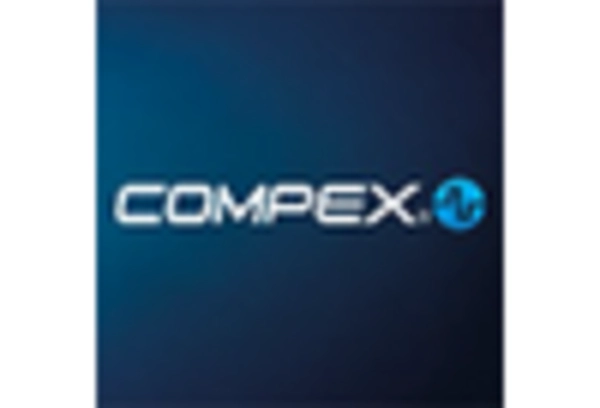
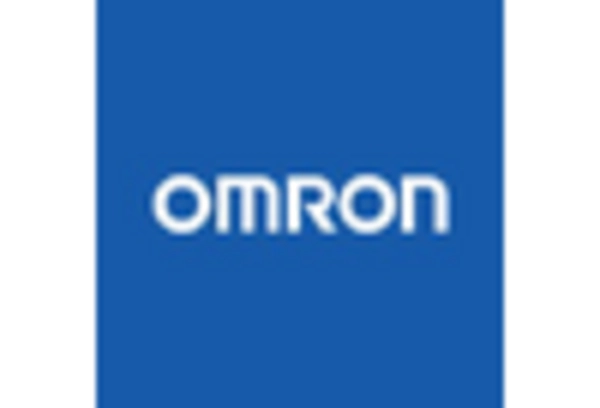

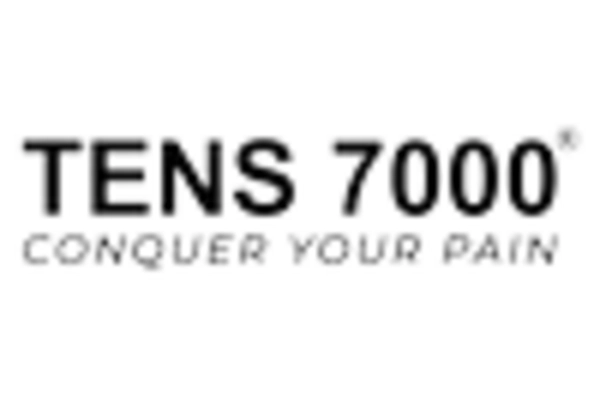
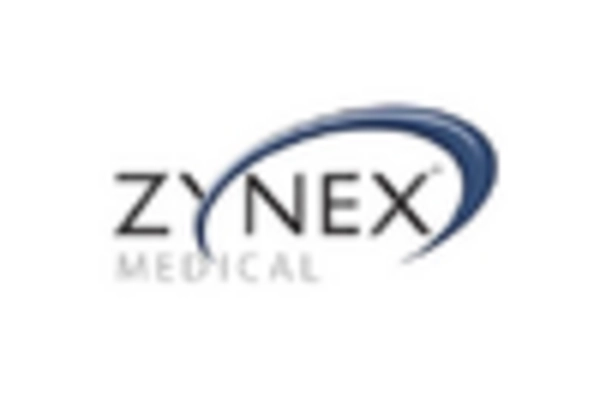
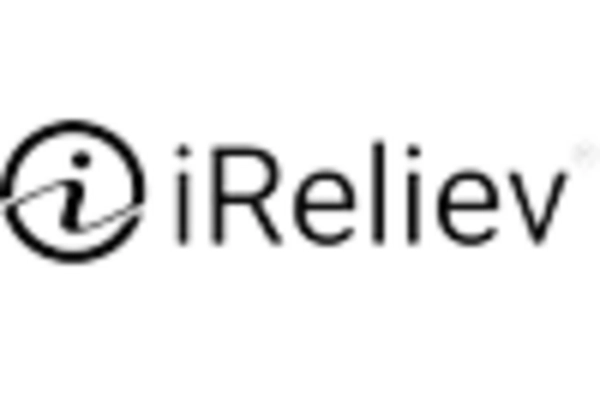








Leave a Comment